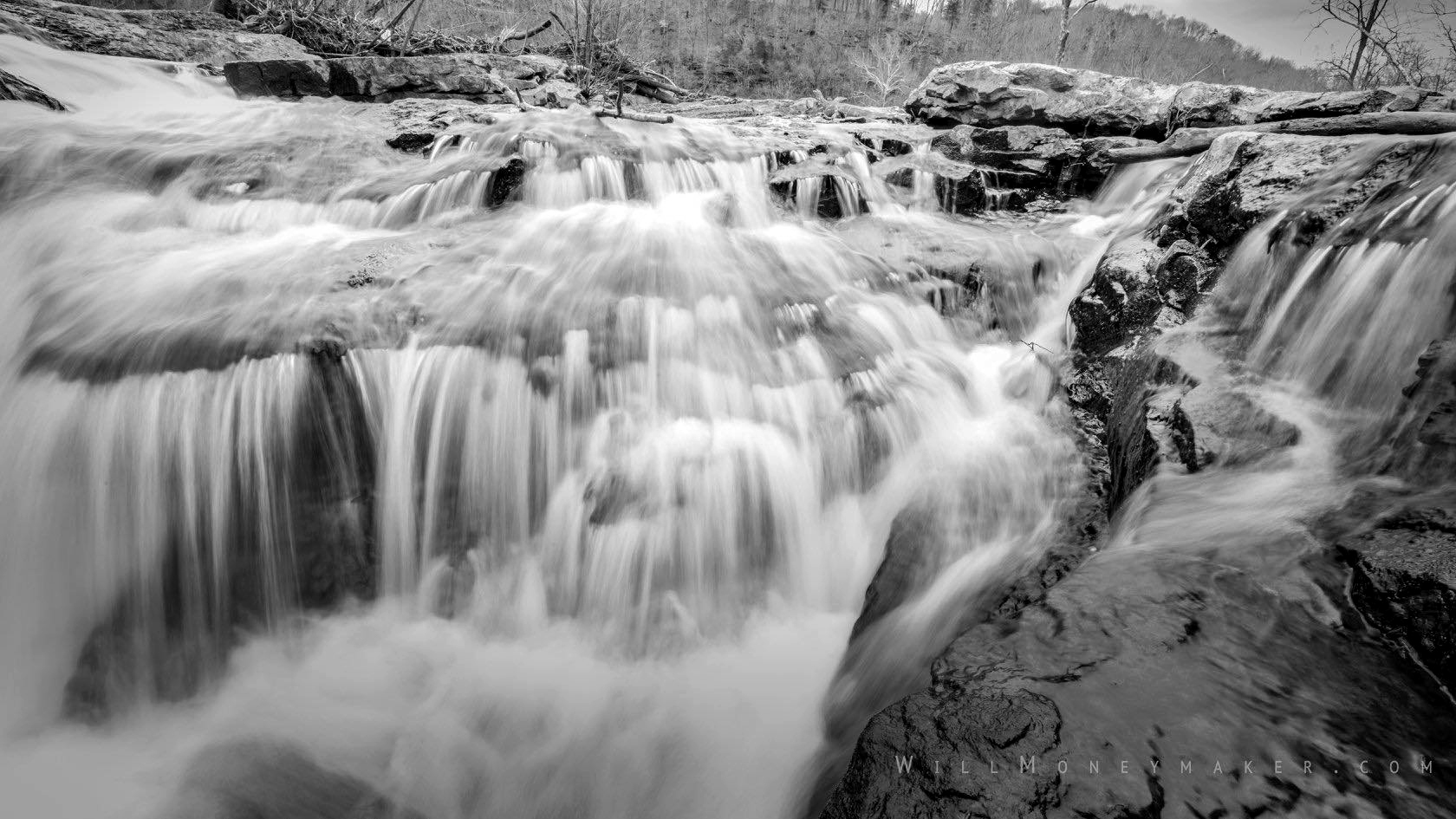If you’ve never heard of ARAT photography, ARAT stands for “another rock, another tree.” The acronym refers not to rocks and trees in photography, but to clichéd subjects in general. Rocks and trees just happen to be two very common subjects. Even though many photographers (and the people who appreciate their work) love common subjects, photographers around the world disparage ARAT photography. The thinking is that we should always be in pursuit of something completely new and creative.
I, for one, don’t see a problem with ARAT photography. I liked what Brooks Jensen had to say in an episode of the Lenswork concerning ARAT photography:
Rocks and trees are not the problem, nor is landscape photography in general. The problem lies not with the subject material, but with the content. To put it bluntly, the problem lies with the photographer.
As photographers, we should shoot the things that we love, whether they’re clichéd or not. After all, why create art, if not to please ourselves? So many photographers take photos based on the things that they think others will want to see, not the things they actually want to photograph. When you take photos that deviate from the things you’d rather be shooting, you’ll find that photography becomes not a passion or an interest, but a job. Like any job, you fall into a routine and you go through the motions because you have to, not because you want to.
You can see where this ends up: The photos that you produce aren’t inspired by any personal artistry or any emotions that you have as you’re creating the images. Despite the fact that you’ve tried to avoid ARAT photography, your “original” images come off as dull and uninspired. It is the feelings you have as you create images of your favorite subjects that give you the inspiration you need to turn those images into meaningful artwork.
Even if you do enjoy photographing the unique things that the photographic community wants to see, you should still find the time to photograph those things that you are truly passionate about. A flower, a public place, or just another rock or another tree — even if these things have been photographed a million times and even if you’re the only person that will ever see these images, the very act of creating them will keep your creativity alive and well. When you take the time to make images for yourself, you’ll find that you can more easily make the non-ARAT images that the photographic community desires.
 Then there are the photographers and art enthusiasts who do enjoy looking at ARAT photography. There are many of us who can spend endless hours looking at photographs of flowers, waterfalls or waves lapping at a rocky shore. For those who would eschew these common subjects, it is important to realize that different photographs appeal to different people. Just because someone else has photographed a particular subject doesn’t mean you can’t create something remarkable by photographing it with your own unique style. Even though popular opinion tells you to avoid clichés, there is definitely merit to bringing your own personal artistic vision to the things that you love, no matter how many other photographers have done the same.
Then there are the photographers and art enthusiasts who do enjoy looking at ARAT photography. There are many of us who can spend endless hours looking at photographs of flowers, waterfalls or waves lapping at a rocky shore. For those who would eschew these common subjects, it is important to realize that different photographs appeal to different people. Just because someone else has photographed a particular subject doesn’t mean you can’t create something remarkable by photographing it with your own unique style. Even though popular opinion tells you to avoid clichés, there is definitely merit to bringing your own personal artistic vision to the things that you love, no matter how many other photographers have done the same.
People who dislike ARAT photography often say that they’re bored with subjects that have been photographed too many times. To echo Jensen’s sentiment, perhaps that simply means that the problem isn’t with the subject, but with the way you view that subject. We can’t lay blame on common subjects for being plain or boring. Instead, we need to look at ourselves and ask how we can make these common subjects into something uncommon. After all, if we stop photographing things simply because someone else already has, we’ll quickly run out of subjects entirely.
So is ARAT photography something to be avoided? I don’t think so. Photography is all about exploration. Think about it this way: If people throughout history placed limits on exploration based on popular sentiments at the time, science as we know it wouldn’t exist. We might all still believe that the Earth is flat. Limiting your photographic explorations to only those things that popular opinion deems worthy is a creative setback, not just for you, but also for the art form as a whole.





